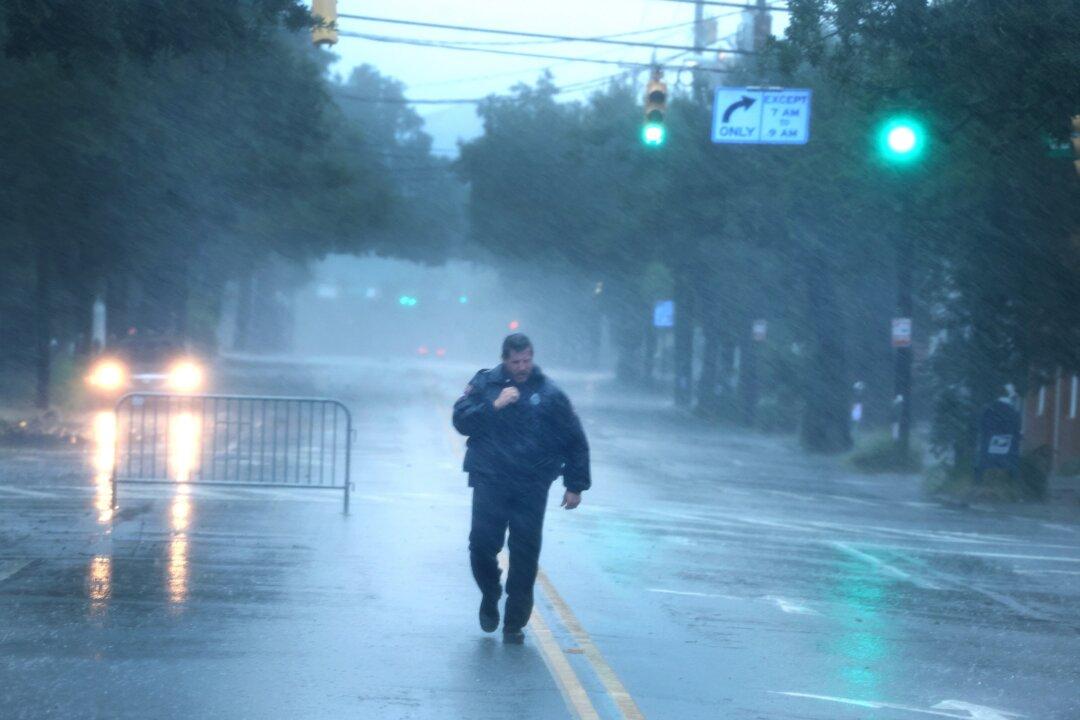A re-energized Hurricane Ian on Sept. 30 made landfall in South Carolina, according to U.S. weather officials.
The center of the hurricane made landfall at 2:05 p.m. near Georgetown, the National Hurricane Center said.

A re-energized Hurricane Ian on Sept. 30 made landfall in South Carolina, according to U.S. weather officials.
The center of the hurricane made landfall at 2:05 p.m. near Georgetown, the National Hurricane Center said.